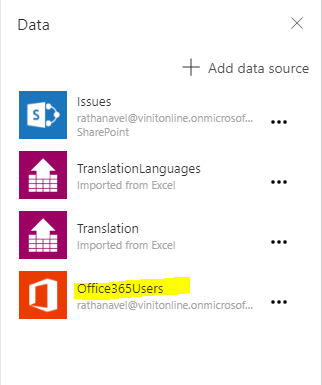Angular 5 continues deployment to Azure App services using GitHub

In today Agile tech industry clients want zero downtime and quick turn around time from dev to prod, with more these process integration like continues development to continues deployment and so on.. (other DevOps process). With these process automation, each team Dev/Testing/QA/Admin all can perform their role easily and independently without any flow caveat till deployment and finally customer is happy 😊 Microsoft Azure has this capability in-build without and additional cost and it supports multiple cloud supported repos. out of which GitHub is also supporting this integration which is widely used by the opensource community. Steps for Angular 5 continues deployment using GitHub On the high-level, we need perform below steps ng build --prod --aot install kudu support update .cmd file using kudo script Commit to GitHub branch. Done! Check the portal. What is --AOT angular 5 The Angular Ahead-of-Time (AOT) compiler converts your Angular HTML and TypeScript code i




